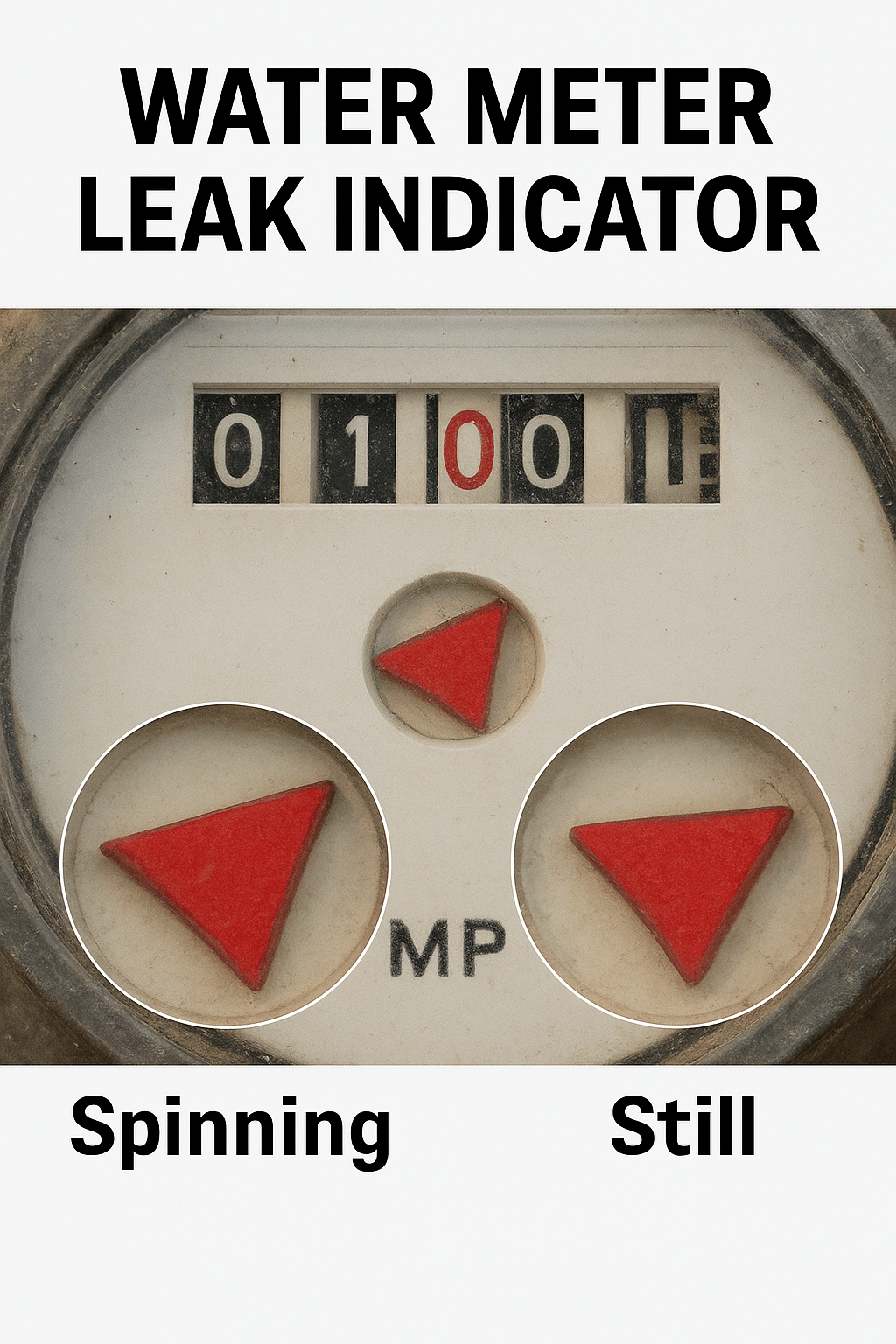.png)
To check for leaks after winterization, restore water slowly, watch your meter’s leak indicator, then test each sprinkler zone for hissing, soggy spots, or low pressure. Inspect the backflow preventer and valve boxes for drips or bubbles (use soapy water). Compare before/after meter readings. If the meter moves with everything off, you’ve got a leak.

Think of your water meter as a heartbeat monitor for your home’s water. Before opening the system, note the reading. After turning the main valve on, look at the small leak indicator (often a triangle or star). If it spins when everything is off, something’s sipping water where it shouldn’t.
After winter, fittings can be tender. Open the irrigation shutoff slowly to avoid pressure shock. Check the backflow preventer (that brass “goalie” near your foundation) for drips at the seams, test cocks, and unions.
A quick personal tip: I keep a dry paper towel in my pocket. Press it around joints—if it gets damp, you’ve found a suspect. A faint hiss? Another red flag. If the backflow body split from freezing, you’ll often see a hairline crack with a slow weep.
Now run each zone for 2–3 minutes. Stand where you can see and hear everything. It’s amazing what the lawn tells you when you pause and listen.
A neighbor once told me, “The mushrooms ratted my leak out.” True story. A sudden cluster near a line can mean a slow, steady leak below.
Soapy water test: Mix a drop of dish soap in a spray bottle. Spray unions, test cocks, and threaded fittings. Bubbles = leak.
Paper towel test: Wipe fittings, solenoids, and unions. Any dampness shows instantly.
Pressure peek: If you have a hose‑bib pressure gauge, check static pressure at a spigot near the irrigation tie‑in. A big pressure drop while zones are off can hint at a hidden leak.
Dye trick (indoors, if needed): If you suspect a toilet leak instead of irrigation, add food coloring to the tank. If color appears in the bowl unflushed, it’s not your sprinklers. Good to rule out while you meter-test.
Fix it yourself:
Call Turfrain when:
You don’t need special tools to check for leaks after winterization—just a slow open, a meter glance, and a curious walk around the yard. If something feels off, trust your eyes and ears. And if you want a friendly pro to confirm things, Turfrain can pressure-test, isolate, and fix leaks without the guesswork. Contact Us and we’ll get your sprinklers humming again.